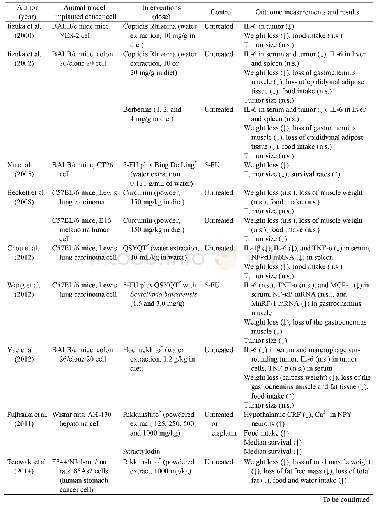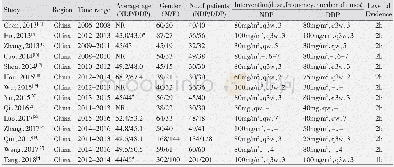《Table 1 Characteristics of animal models for HBV study》
 提示:宽带有限、当前游客访问压缩模式
提示:宽带有限、当前游客访问压缩模式
本系列图表出处文件名:随高清版一同展现
《Animal models for the study of hepatitis B virus infection》
The first human liver chimeric mouse model was developed in immunodeficient(Rag2-/-,SCID,SCID/beige)mice with the urokinase-type plasminogen activator(u PA)transgene.The expression of the u PA gene can induce necrosis of hepatocytes,leading to subacute liver failure in young mice,and making it possible to transplant human hepatocytes into mouse livers.Transplantation of human hepatocytes into u PA-SCID mice results in a liver-humanized model with high human hepatocyte reconstitution rate and supportive of HBV and HCV infection(Dandri et al.,2001;Tsuge et al.,2005)(Table 1) .
| 图表编号 | XD0016284500 严禁用于非法目的 |
|---|---|
| 绘制时间 | 2018.01.18 |
| 作者 | Wei-Na Guo、Bin Zhu、Ling Ai、Dong-Liang Yang、Bao-Ju Wang |
| 绘制单位 | Department of Infectious Diseases, Union Hospital, Tongji Medical College, Huazhong University of Science and Technology、Department of Infectious Diseases, Union Hospital, Tongji Medical College, Huazhong University of Science and Technology、Department of |
| 更多格式 | 高清、无水印(增值服务) |





